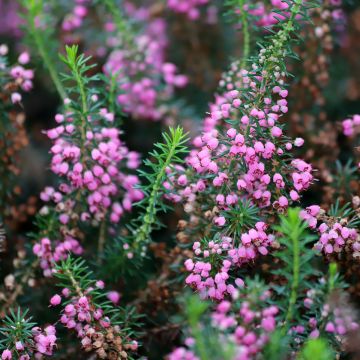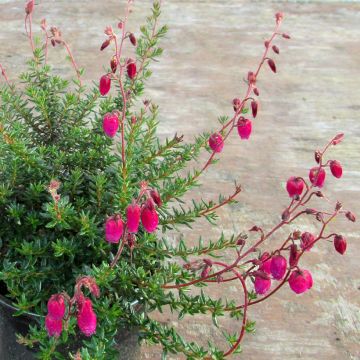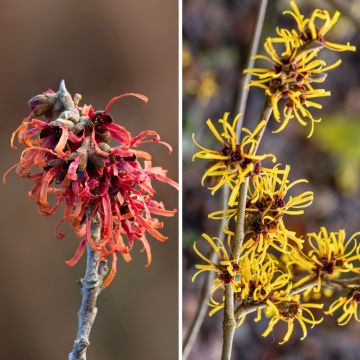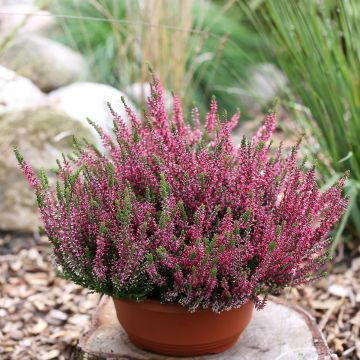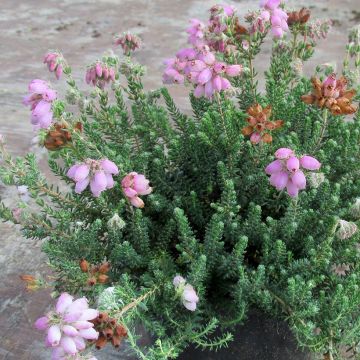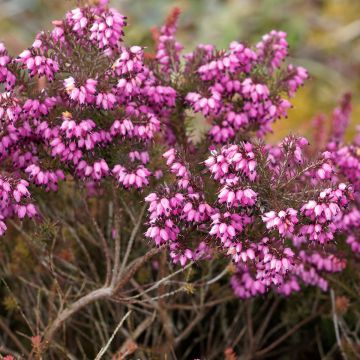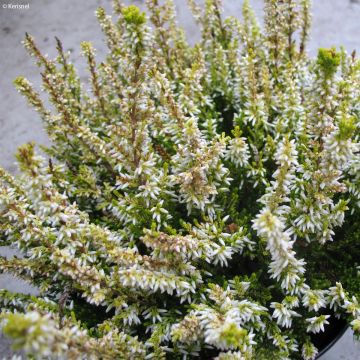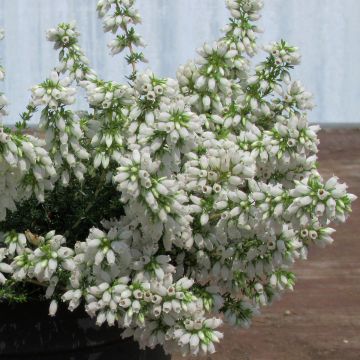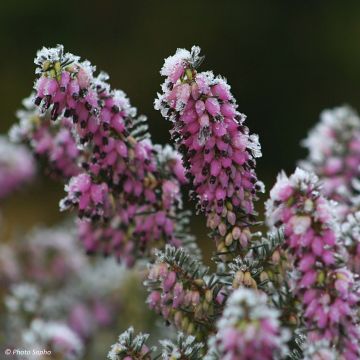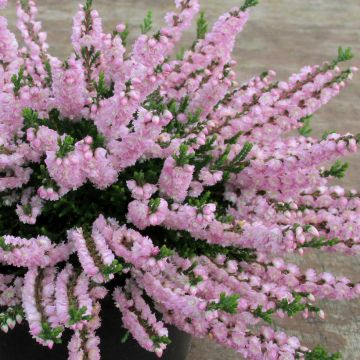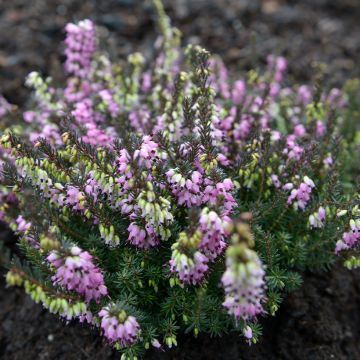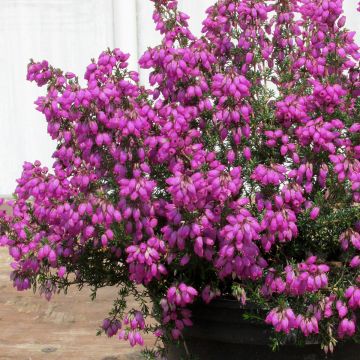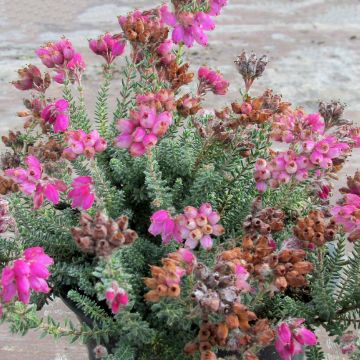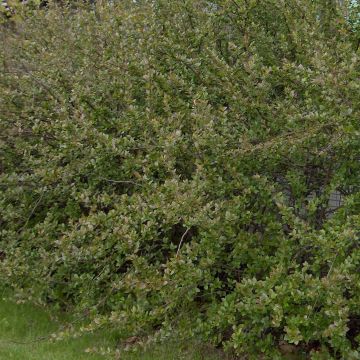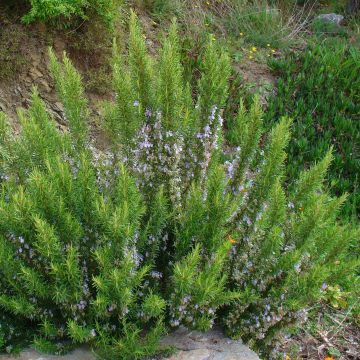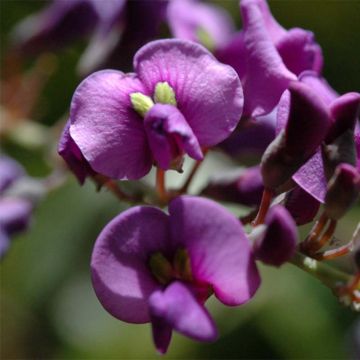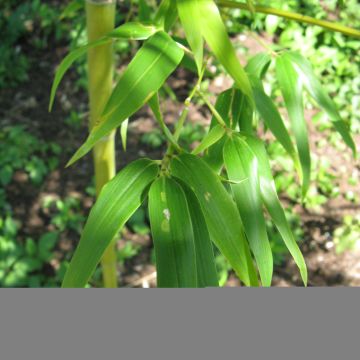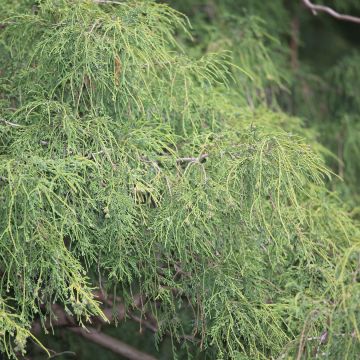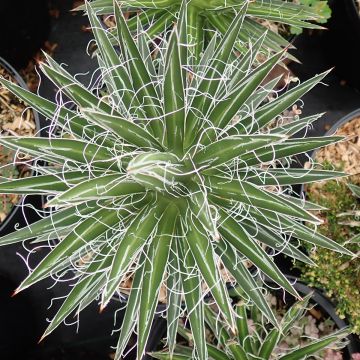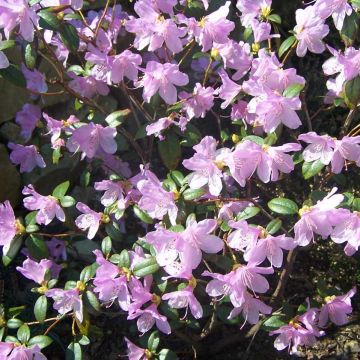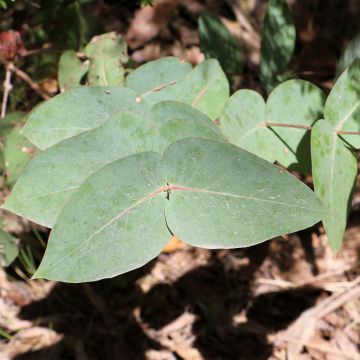Shipping country and language
Your country of residence may be:
Your country of residence is:
For a better user experience on our website, you can select:
Your shipping country:
-
Andorra
-
Austria
-
Belgium
-
Bulgaria
-
Canada
-
Chile
-
Croatia
-
Cyprus
-
Czechia
-
Denmark
-
Estonia
-
Finland
-
France
-
Germany
-
Greece
-
Hungary
-
Iceland
-
Ireland
-
Italy
-
Latvia
-
Lithuania
-
Luxembourg
-
Malta
-
Monaco
-
Netherlands
-
Poland
-
Portugal
-
Romania
-
Slovakia
-
Slovenia
-
Spain
-
Sweden
-
Switzerland
-
United Kingdom
We only deliver seed and bulb products to your country. If you add other products to your basket, they cannot be shipped.
Language:
-
French
-
German
-
Spanish
-
English
-
Italian
My Account
Hello
My wish lists
Log in / Register
Existing customer?
New customer?
Create an account to track your orders, access our customer service and, if you wish, make the most of our upcoming offers.
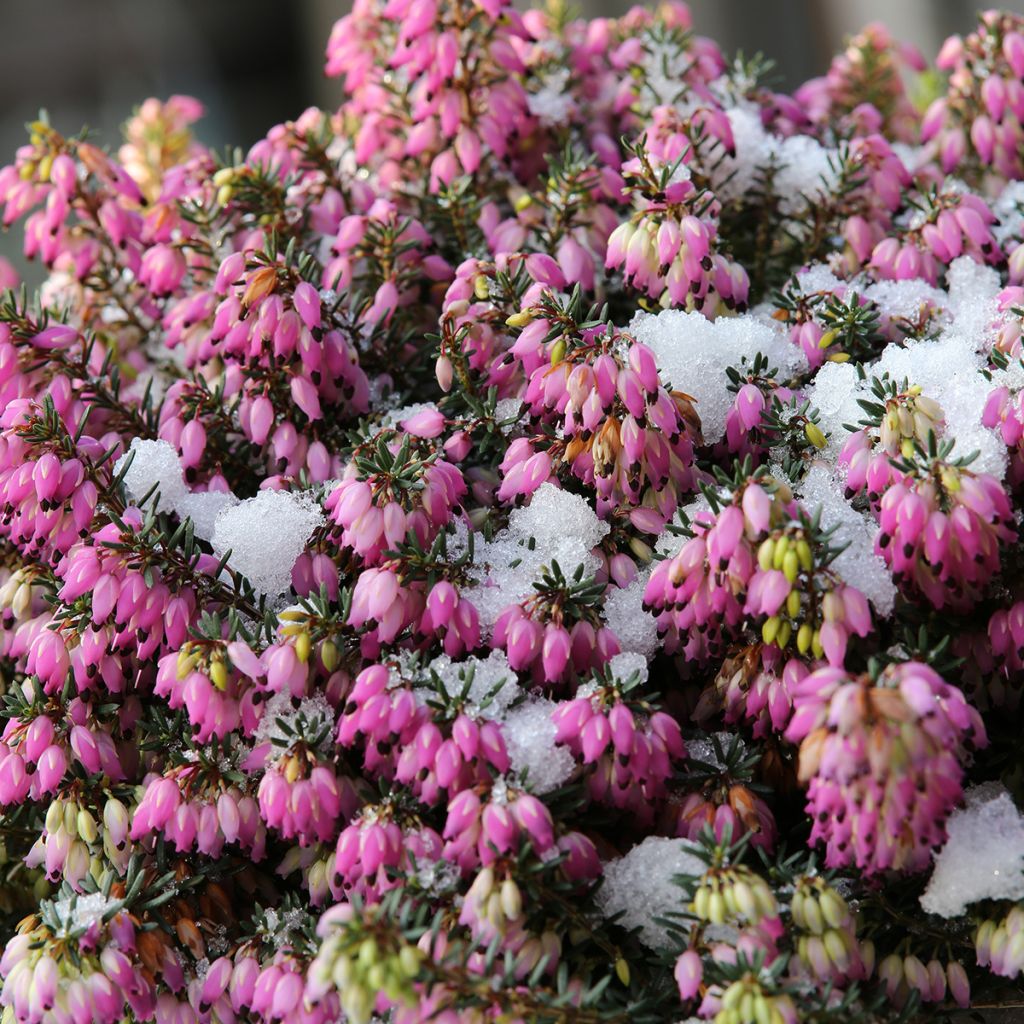

Erica carnea Winterfreude - Winter Heath
Erica carnea Winterfreude - Winter Heath
Erica carnea Winterfreude
Winter Heath, Spring Heath, Snow Heather, Alpine Heath
Why not try an alternative variety in stock?
View all →Order in the next for dispatch today!
Dispatch by letter from €3.90.
Delivery charge from €5.90 Oversize package delivery charge from €6.90.
More information
This item is not available in your country.
Schedule delivery date,
and select date in basket
This plant carries a 24 months recovery warranty
More information
We guarantee the quality of our plants for a full growing cycle, and will replace at our expense any plant that fails to recover under normal climatic and planting conditions.
From €5.90 for pickup delivery and €6.90 for home delivery
Express home delivery from €8.90.
Does this plant fit my garden?
Set up your Plantfit profile →
Description
Erica carnea 'Winterfreude' is a variety of winter heather that starts to flower early in the season and continues for several months, in a beautiful, dark pink to magenta colour. Its many small flowers open from December to March, almost hiding its green foliage. This extremely hardy (-20°C (-4°F)) variety tolerates slightly chalky soils, which means it can be grown in many regions. Its lovely spreading cushion is perfect for rock gardens or covering the ground between shrubs, in well-drained soil.
Erica carnea 'Winterfreude', like all heathers, belongs to the Ericaceae family. It is one of the many descendants of the Erica carnea native to the limestone Alps. The 'Winterfreude' heather is an undershrub with a spreading, rounded, heavily branched habit, reaching 20 to 30 cm (8 to 12in) high and 40 cm (16in) wide. It grows quite slowly, with a lifespan of about fifteen years. From late autumn to early spring, it produces a multitude of small urn-shaped flowers that range from dark lilac pink to magenta arranged in 5 to 10 cm (2 to 4in) long clusters at the ends of leafy stems. The flowering is nectar-rich, providing a valuable source of pollen and nectar for bees, hoverflies, and other insects in early spring. The evergreen, very narrow, upright, medium-green leaves take on olive tones in cold weather.
Erica carnea 'Winterfreude' makes an elegant ground cover at the base of deciduous or evergreen shrubs, where it enjoys light shade. It can also be used in rock gardens, alongside alpine perennials or creeping dwarf conifers. It can be grown in both urban and rural areas. It can be planted as a specimen or used in a heather garden to create a mosaic of colours, in borders and containers.
While heathers are often associated with the damp Atlantic heaths of Brittany, Ireland, or Scotland, some heathers thrive in dry climates and on limestone soils, such as those found in Mediterranean regions. However, one of the areas richest in heather is in South Africa. In the Cape region, there is a plant formation on acidic soil called Fynbos, which includes nearly 625 of the 740 heather species listed worldwide.
Report an error about the product description
Plant habit
Flowering
Foliage
Botanical data
Erica
carnea
Winterfreude
Ericaceae
Winter Heath, Spring Heath, Snow Heather, Alpine Heath
Cultivar or hybrid
Other Heather
Planting and care
Erica carnea 'Winterfreude' prefers soil that is quite low in organic matter and adapts very well to poor soils. But it should be light, sandy and humus-bearing, moist and well-drained. Limestone is tolerated well if the soil is enriched with humus or compost. Plant without burying the collar, in groups of 5 to 10 for an intense effect. This plant likes non-scorching sun or partial shade. During the first two years, carefully weed around the base. Heather is adapted to very well-drained environments, its roots are well-branched and prevent the establishment of other species nearby. In a prolonged drought, mulch around the base to maintain some moisture. Erica can be susceptible to phytophthora (root rot), pythium and rhizoctonia during hot and humid periods.
Planting period
Intended location
Care
This item has not been reviewed yet - be the first to leave a review about it.
Evergreen shrubs
Haven't found what you were looking for?
Hardiness is the lowest winter temperature a plant can endure without suffering serious damage or even dying. However, hardiness is affected by location (a sheltered area, such as a patio), protection (winter cover) and soil type (hardiness is improved by well-drained soil).

Photo Sharing Terms & Conditions
In order to encourage gardeners to interact and share their experiences, Promesse de fleurs offers various media enabling content to be uploaded onto its Site - in particular via the ‘Photo sharing’ module.
The User agrees to refrain from:
- Posting any content that is illegal, prejudicial, insulting, racist, inciteful to hatred, revisionist, contrary to public decency, that infringes on privacy or on the privacy rights of third parties, in particular the publicity rights of persons and goods, intellectual property rights, or the right to privacy.
- Submitting content on behalf of a third party;
- Impersonate the identity of a third party and/or publish any personal information about a third party;
In general, the User undertakes to refrain from any unethical behaviour.
All Content (in particular text, comments, files, images, photos, videos, creative works, etc.), which may be subject to property or intellectual property rights, image or other private rights, shall remain the property of the User, subject to the limited rights granted by the terms of the licence granted by Promesse de fleurs as stated below. Users are at liberty to publish or not to publish such Content on the Site, notably via the ‘Photo Sharing’ facility, and accept that this Content shall be made public and freely accessible, notably on the Internet.
Users further acknowledge, undertake to have ,and guarantee that they hold all necessary rights and permissions to publish such material on the Site, in particular with regard to the legislation in force pertaining to any privacy, property, intellectual property, image, or contractual rights, or rights of any other nature. By publishing such Content on the Site, Users acknowledge accepting full liability as publishers of the Content within the meaning of the law, and grant Promesse de fleurs, free of charge, an inclusive, worldwide licence for the said Content for the entire duration of its publication, including all reproduction, representation, up/downloading, displaying, performing, transmission, and storage rights.
Users also grant permission for their name to be linked to the Content and accept that this link may not always be made available.
By engaging in posting material, Users consent to their Content becoming automatically accessible on the Internet, in particular on other sites and/or blogs and/or web pages of the Promesse de fleurs site, including in particular social pages and the Promesse de fleurs catalogue.
Users may secure the removal of entrusted content free of charge by issuing a simple request via our contact form.
The flowering period indicated on our website applies to countries and regions located in USDA zone 8 (France, the United Kingdom, Ireland, the Netherlands, etc.)
It will vary according to where you live:
- In zones 9 to 10 (Italy, Spain, Greece, etc.), flowering will occur about 2 to 4 weeks earlier.
- In zones 6 to 7 (Germany, Poland, Slovenia, and lower mountainous regions), flowering will be delayed by 2 to 3 weeks.
- In zone 5 (Central Europe, Scandinavia), blooming will be delayed by 3 to 5 weeks.
In temperate climates, pruning of spring-flowering shrubs (forsythia, spireas, etc.) should be done just after flowering.
Pruning of summer-flowering shrubs (Indian Lilac, Perovskia, etc.) can be done in winter or spring.
In cold regions as well as with frost-sensitive plants, avoid pruning too early when severe frosts may still occur.
The planting period indicated on our website applies to countries and regions located in USDA zone 8 (France, United Kingdom, Ireland, Netherlands).
It will vary according to where you live:
- In Mediterranean zones (Marseille, Madrid, Milan, etc.), autumn and winter are the best planting periods.
- In continental zones (Strasbourg, Munich, Vienna, etc.), delay planting by 2 to 3 weeks in spring and bring it forward by 2 to 4 weeks in autumn.
- In mountainous regions (the Alps, Pyrenees, Carpathians, etc.), it is best to plant in late spring (May-June) or late summer (August-September).
The harvesting period indicated on our website applies to countries and regions in USDA zone 8 (France, England, Ireland, the Netherlands).
In colder areas (Scandinavia, Poland, Austria...) fruit and vegetable harvests are likely to be delayed by 3-4 weeks.
In warmer areas (Italy, Spain, Greece, etc.), harvesting will probably take place earlier, depending on weather conditions.
The sowing periods indicated on our website apply to countries and regions within USDA Zone 8 (France, UK, Ireland, Netherlands).
In colder areas (Scandinavia, Poland, Austria...), delay any outdoor sowing by 3-4 weeks, or sow under glass.
In warmer climes (Italy, Spain, Greece, etc.), bring outdoor sowing forward by a few weeks.


